10 quarts of Lacto-fermented Pickles in 5 Flavors The honest answer is I love cucumber pickle brine. I love the pickles too, but the brine is a cook’s dream. I use it in soups, sauces, in salads, to drink…. The thought of making five different herbal pickle brines in one afternoon is my idea of heaven. Not only that, but you will have a pickle to suit every mood, or pregnant friend. Let’s face it dill is no longer the only pickle. Pickles are practiced the world over, and in a variety of spice and herb flavors. I’ve channeled a few for you, and me. The miracle is that once again we can initiate the transformation of basic ingredients into something as complex as pickles. It’s just vegetables, herbs and spices, water, salt and the aid of our microbial friends. Once you’ve passed lacto-fermentation 101. If you haven’t read Wild Fermentation by Sandor Katz it’s time, if for no other reason than it’s literature, and great summer reading. But really, it’s simple to get started. This post won't answer everything but it will give you successful pickles, fingers crossed behind my back. Five Inspired Pickling Mixes
Comments are closed.
|
Categories
All
Archives
December 2017
AuthorHi I'm Sido Maroon, |
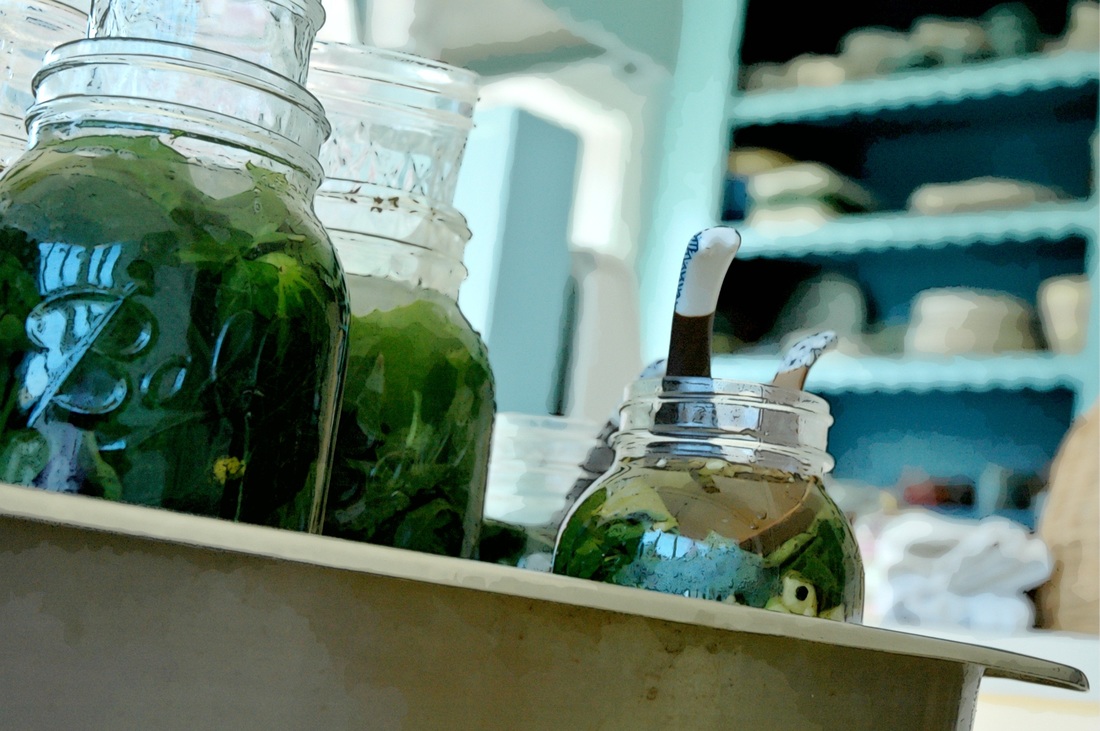
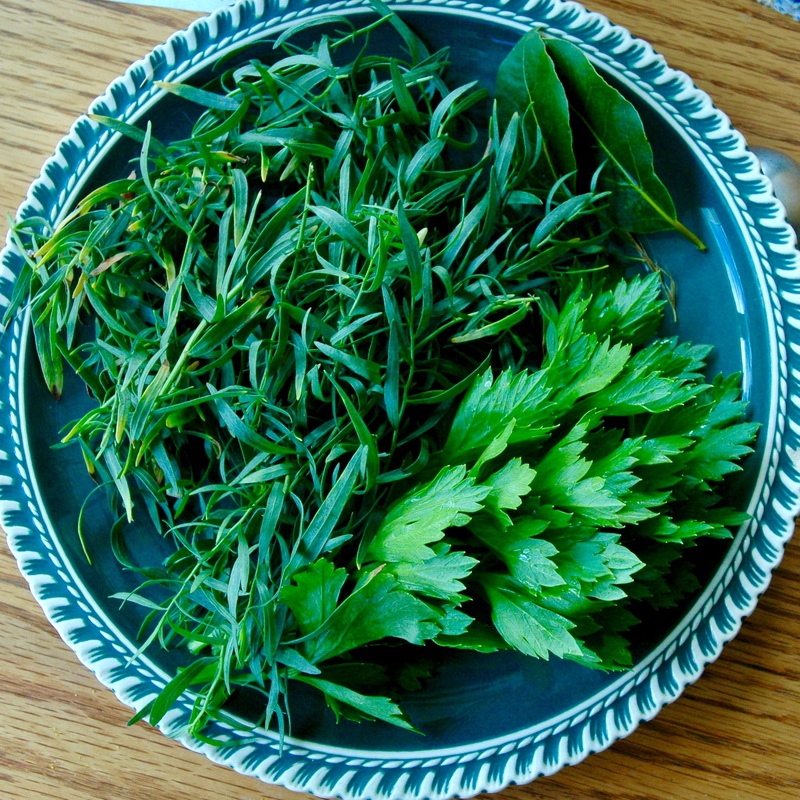
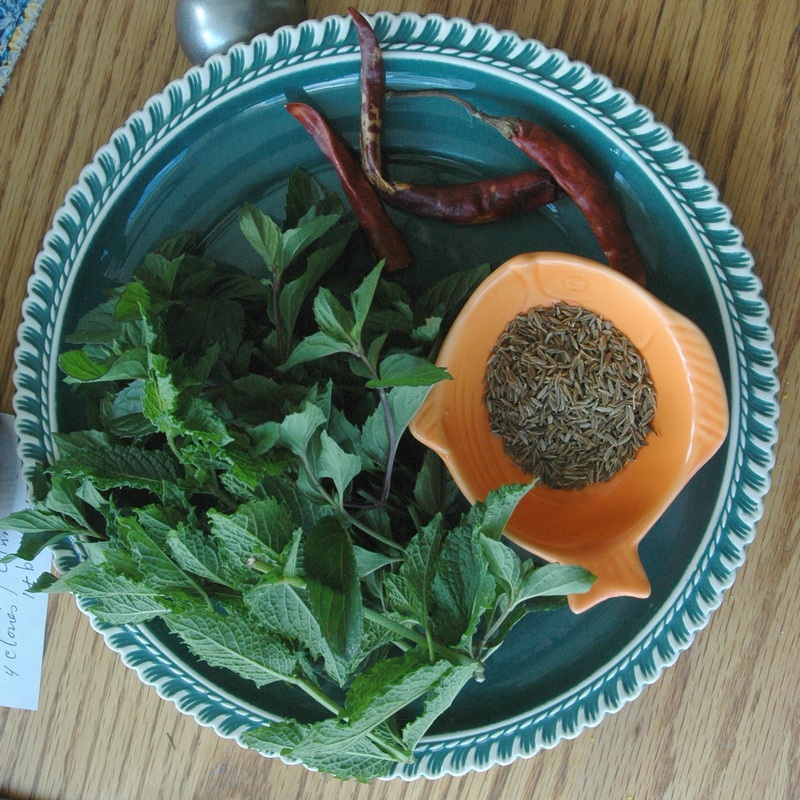
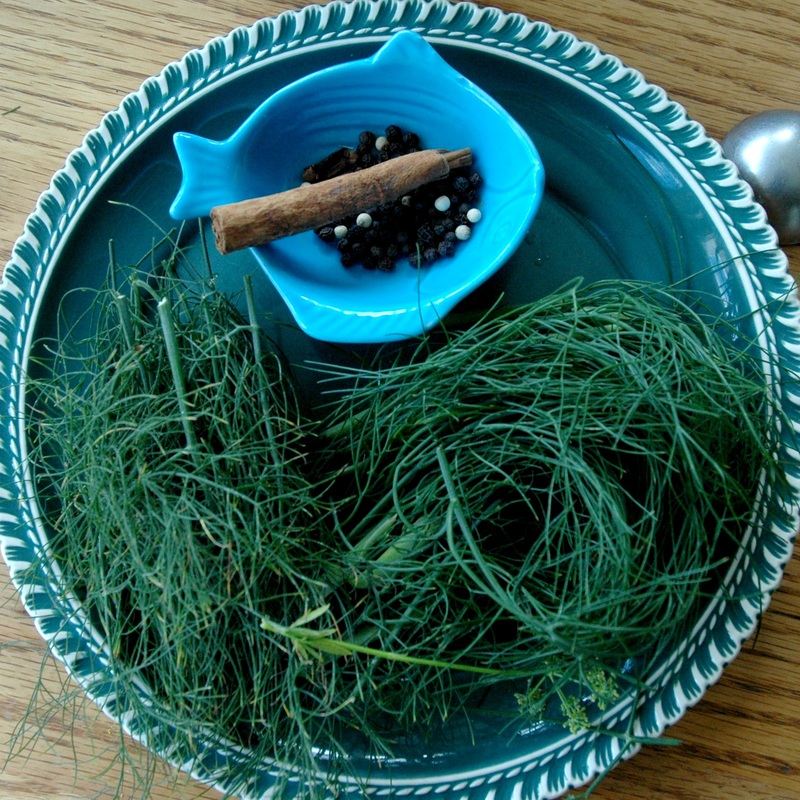
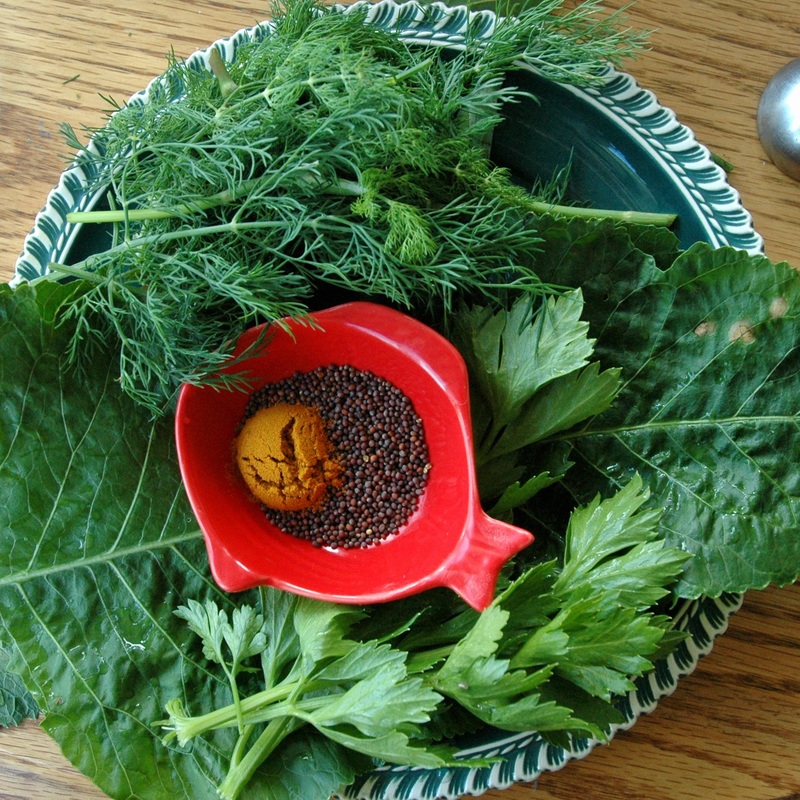
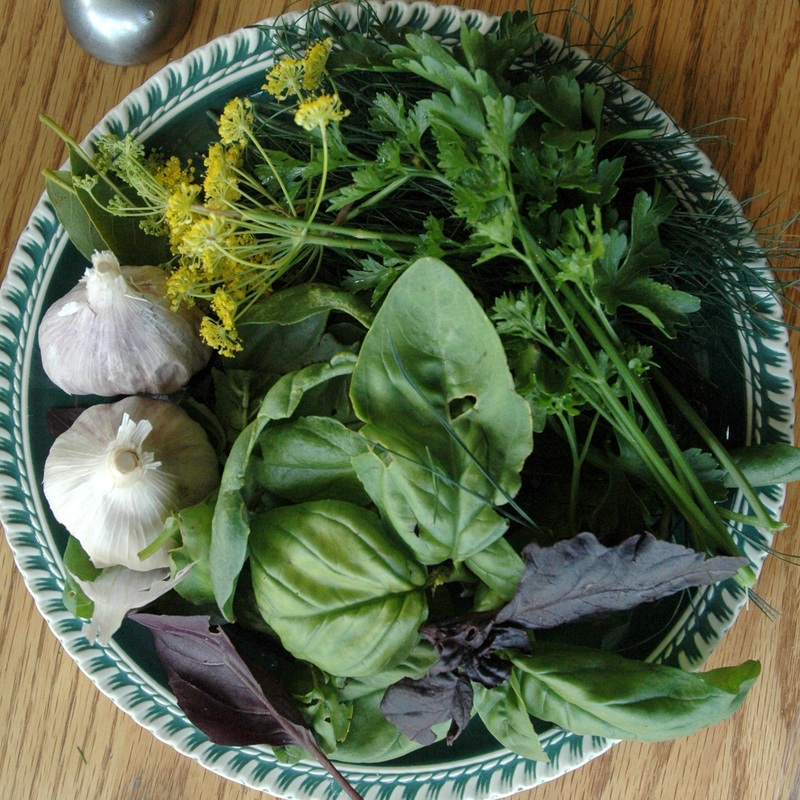
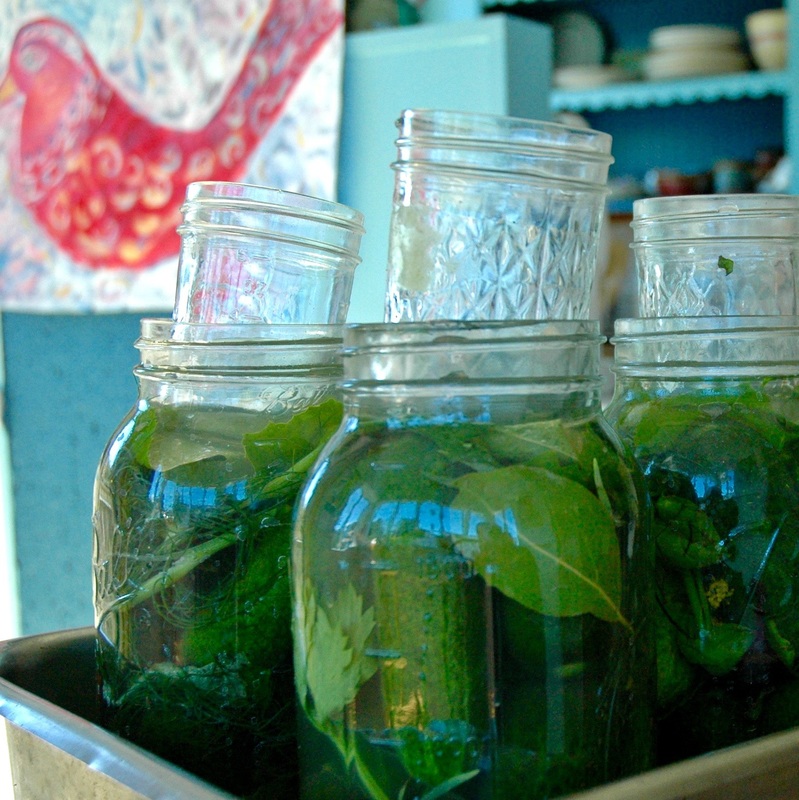
 RSS Feed
RSS Feed



















